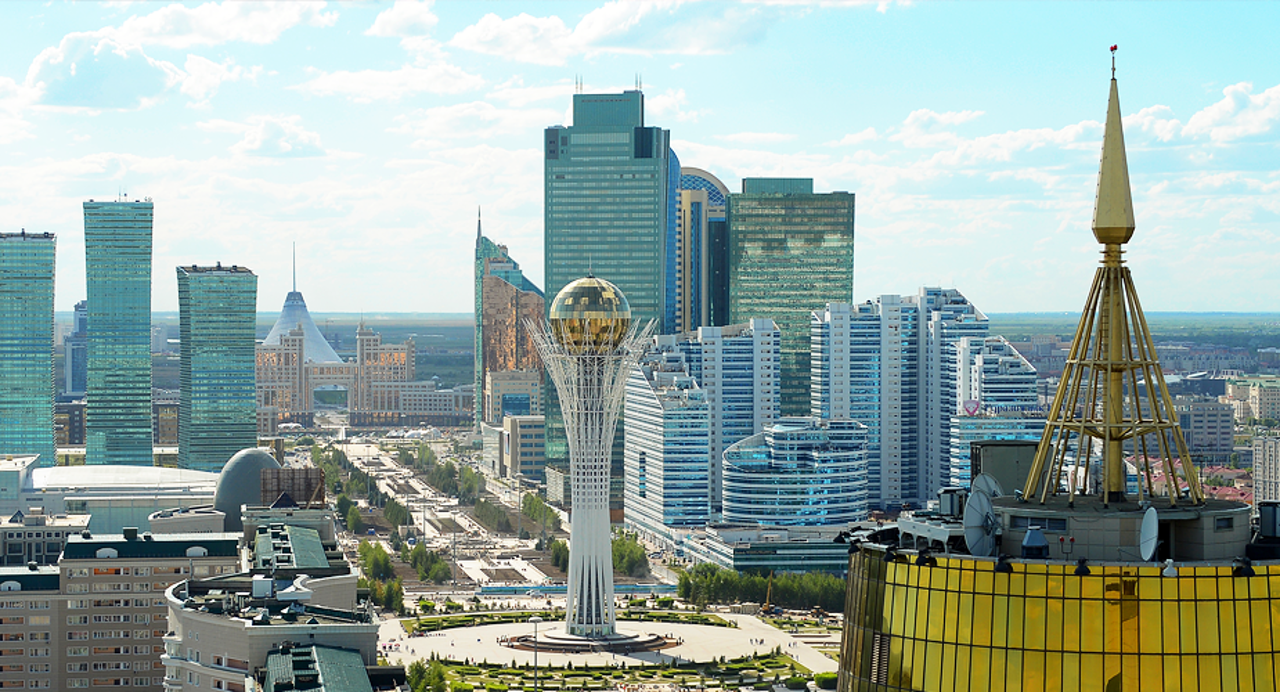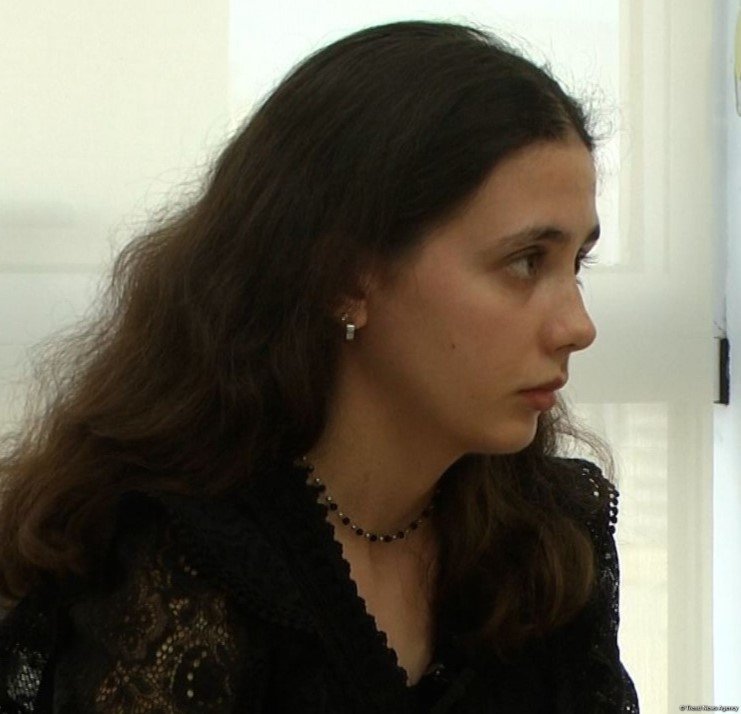BISHKEK, Kyrgyzstan, May 30. Up until now, Central Asia has been flying under the radar—often viewed as just a post-Soviet backwater or a “buffer zone” caught in the crossfire between heavyweights. But that view is shifting like sand in the wind. The region is really coming into its own on the world stage—not just as a hotbed for discussing pressing global issues, but as a place where the rubber meets the road and decisions are made that could steer the ship of the planet’s future.
On May 30, the capital of Tajikistan, Dushanbe, hosted the
opening of the first-ever High-Level International Conference on
Glacier Protection. The forum brought together over 2,500
participants from 80 countries, including the vice presidents of
Iran, Zimbabwe, and the Maldives, as well as heads of major
international organizations and representatives of the UN, UNESCO,
UNICEF, and global development banks.
The agenda directly concerns the region’s future: the rapid melting
of glaciers, worsening water scarcity, and escalating climate
threats. The conference is expected to conclude with the signing of
the Dushanbe Declaration on Glaciers and related statements that
could influence the formation of the international climate
agenda.
Almost simultaneously, another major forum—Astana-2025—is taking place in Kazakhstan’s capital. Among the guests are Rwandan President Paul Kagame, former UN Secretary-General Ban Ki-moon, and President of North Macedonia Gordana Siljanovska-Davkova. The forum addresses key global trends in foreign policy, economics and finance, security, sustainable development, energy, and climate change. Also on May 30, Kazakhstan is hosting a summit in the “Central Asia – Italy” format.
The region is attracting increasing international attention. In April 2025, Samarkand hosted the first-ever summit between the European Union and Central Asian countries, along with an International Climate Forum. Attendees included European Council President António Costa and European Commission President Ursula von der Leyen. The forum concluded with a joint declaration outlining a shared goal of building a strategic partnership between the EU and the region.
The summit confirmed that Europe’s interest in Central Asia is not merely symbolic—it is part of a long-term strategy. At the heart of this interest lies the Trans-Caspian route, also known as the Middle Corridor. The EU has pledged €10 billion for its development. This corridor has already become a vital artery connecting Europe and Asia, shortening supply chains and offering an alternative to routes through Russia.
Meanwhile, a joint energy project between Azerbaijan, Kazakhstan, and Uzbekistan is gaining momentum—aimed at transmitting green electricity across the Caspian Sea to Europe. This marks a new level of trust and integration, where Central Asia is not just a resource supplier but a full-fledged participant in the global energy transition.
Today, Central Asia is no longer “somewhere out there.” It’s a region where agendas are being shaped, where cross-border initiatives are launched, and where capitals like Bishkek, Dushanbe, Tashkent, and Astana are emerging as hubs for global dialogue. The world has started to listen closely to what Central Asia has to say. Now it’s crucial that the region speak with confidence and clarity—and back its words with concrete action.
Stay up-to-date with more news on Trend News Agency's WhatsApp channel







